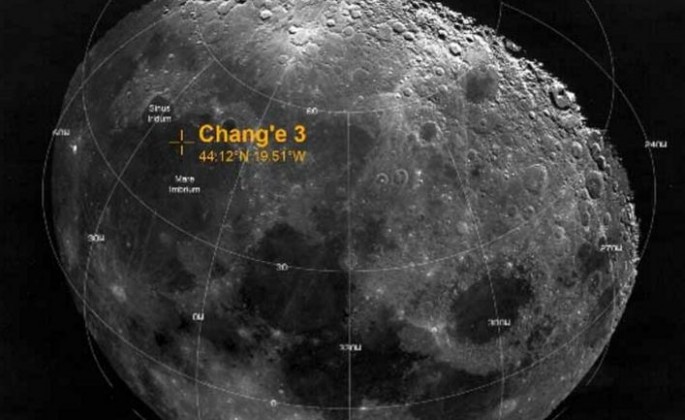A new geological map of the Moon in a scale of 1: 2.5 million is being drawn by Chinese scientists and university experts.
A sketch version of the map will be 4.36 meters long by 2.2 meters wide. Completion of the new Moon map is expected by 2018 with publication in 2020.
China's Moon map will provide information on the geology, structure and types of rocks on the Moon. It will also reveal the chronology of the evolution of the Moon.
Five Chinese universities and research institutes have crafted standards for digital cartography and sketching of the moon's geological structure, said Ouyang Ziyuan, chief scientist in China's lunar exploration program.
The map will clearly show the Moon's geographical features such as the size, nature and structure of craters, said Chen Shengbo, a geologist at Jilin University who's in charge of designing a sketch of the lunar structure, which is just one part of the project.
Chen said mapping depends on data and images sent by circumlunar satellites from China and abroad. He noted lunar map making is not like drawing a map of the Earth, where scientists can go to the scene in person if they are not sure of their information.
China's satellites have captured global images of the Moon, which contribute to the precision of lunar maps.
The map might focus on the landing site of China's Chang'e 3 robotic lander and China's first lunar rover named Yutu. Chang'e 3 was launched in December 2013 and is a follow-up to the Chang'e 1 and Chang'e 2 lunar orbiters.
Chang'e 3 achieved lunar orbit on Dec. 6, 2013 and landed on Dec. 14, becoming the first spacecraft to soft-land on the Moon since the Soviet Union's Luna 24 in 1976.
That same month, Chang'e 3 discovered a new type of basaltic rock rich in ilmenite, a black mineral.



























